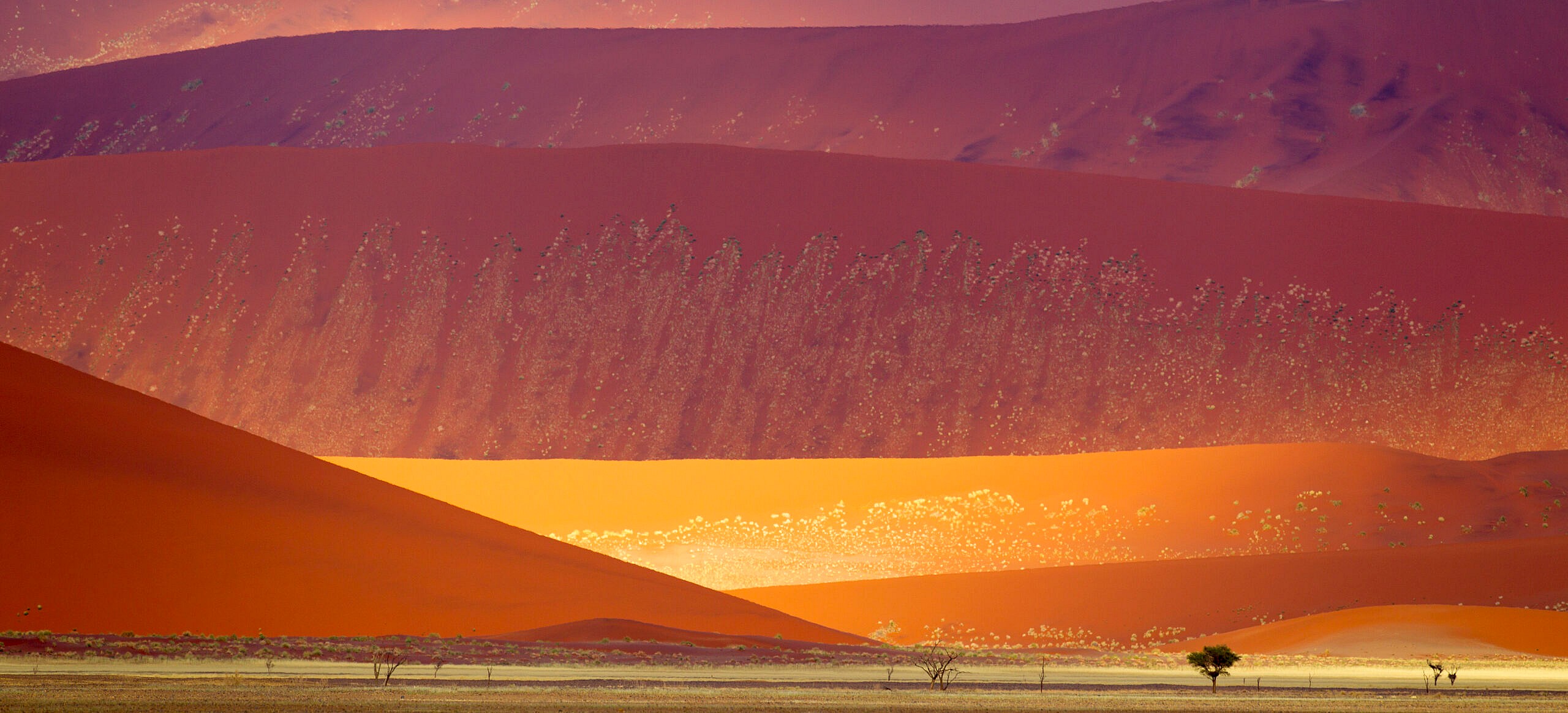
National Parks are a testament to the beauty of the natural world, highlighting the push to protect these spaces for generations to come. Featuring mountains, deserts, and thousands of species, there are national parks scattered all over the world. While some national parks are quite small, others stretch tens of thousands of square kilometers. Check out the biggest national park in the world and six others that are mind-bogglingly big.
7. Wrangell-St. Elias National Park (37,000 sq. kilometers)

Starting our list as the seventh biggest national park in the world is Wrangell-St. Elias National Park and Preserve. The largest national park in the United States, Wrangell-St. Elias covers an area of 37,000 square kilometers. Located in Alaska, the park is home to peaks like Mount St. Elias and various wildlife like grizzly bears, wolves, and caribou. It was established in 1978 due to the Alaska National Interest Lands Conservation Act, and stretches along 150 miles of coastline on the Gulf of Alaska.
RELATED: What’s the Biggest National Park in the US?
6. Quttinirpaaq National Park (37,775 sq. kilometers)

Quttinirpaaq National Park is the next biggest national park in the world, located on the northern end of Canada’s Ellesmere Island, covering an area of 37,775 square kilometers. This park is known for its arctic landscapes, glaciers, polar deserts, muskoxen, arctic wolves, and polar bears. Quttinirpaaq also has one of the biggest ice caps in North America, covering around 14% of the park.
5. Wood Buffalo National Park (44,807 sq. kilometers)

Stay in Canada for the fifth biggest national park in the world, Wood Buffalo National Park. Stretching across 44,807 square kilometers in Canada’s Northwest Territories, the park is home to the largest remaining wild bison herd in the world, with over 5,000 individuals. Along with bison, the park also has diverse landscapes, such as salt plains, boreal forests, and wetlands. The park was created in 1922 to safeguard the last group of wild bison.
CHECK OUT: What’s the World’s Deepest Lake?
4. Namib-Naukluft National Park (49,768 sq. kilometers)

Coming in fourth for the biggest national park in the world is Namib-Naukluft National Park, located in the Namib Desert of Namibia. The 49,768 square kilometers are known for breathtaking landscapes and wildlife, including antelope and elephants. The park was created in 1907, making it one of Africa’s oldest and biggest national parks. The most iconic part of Namib-Naukluft is the red sand dunes, which can tower up to 300 meters.
ALSO READ: What is the Lowest Point in the US?
3. Central Kalahari Game Reserve (52,800 sq. kilometers)

Jumping into the top three for the biggest national park in the world is the Central Kalahari Game Reserve. Also holding the title of Botswana’s largest national park, it is located in the Kalahari Desert and is home to lions, wildebeest, and giraffes. The 52,800 square kilometer park was set up in 1961 to preserve the home of the San people, an Indigenous group that has lived there for over 20,000 years. The Game Reserve is not only a reserve for wildlife but people as well.
2. Kavir National Park (89,286 sq. kilometers)

The second biggest national park in the world covers 89,286 square kilometers in the central desert regions of Iran. Kavir National Park is recognized for its vast salt flats, sand dunes, and rugged mountains. The park is also home to some of the rarest species in the world, including the Asiatic cheetah, Asiatic black bear, and Goitered gazelle. The national park was created in 1982 to protect the natural environment and later earned the title of a biosphere reserve from UNESCO in 1976, due to its varied landscapes and importance to ecology.
CHECK OUT: What’s America’s Biggest River?
1. Northeast Greenland National Park (972,000 sq. kilometers)

Last but not least, the biggest national park in the world is the Northeast Greenland National Park, spread over 972,000 square kilometers in the northeast part of Greenland. The remote area is a favorite for nature enthusiasts, boasting scenery, wildlife, and a cultural history. The park was created in 1974 and earned the title of national park in 1988. The aim is to preserve the Arctic wilderness and the creatures who rely on the land. Northeast Greenland National Park is also an UNESCO biosphere reserve.
READ NEXT: What’s the Tallest Mountain in the U.S.?


